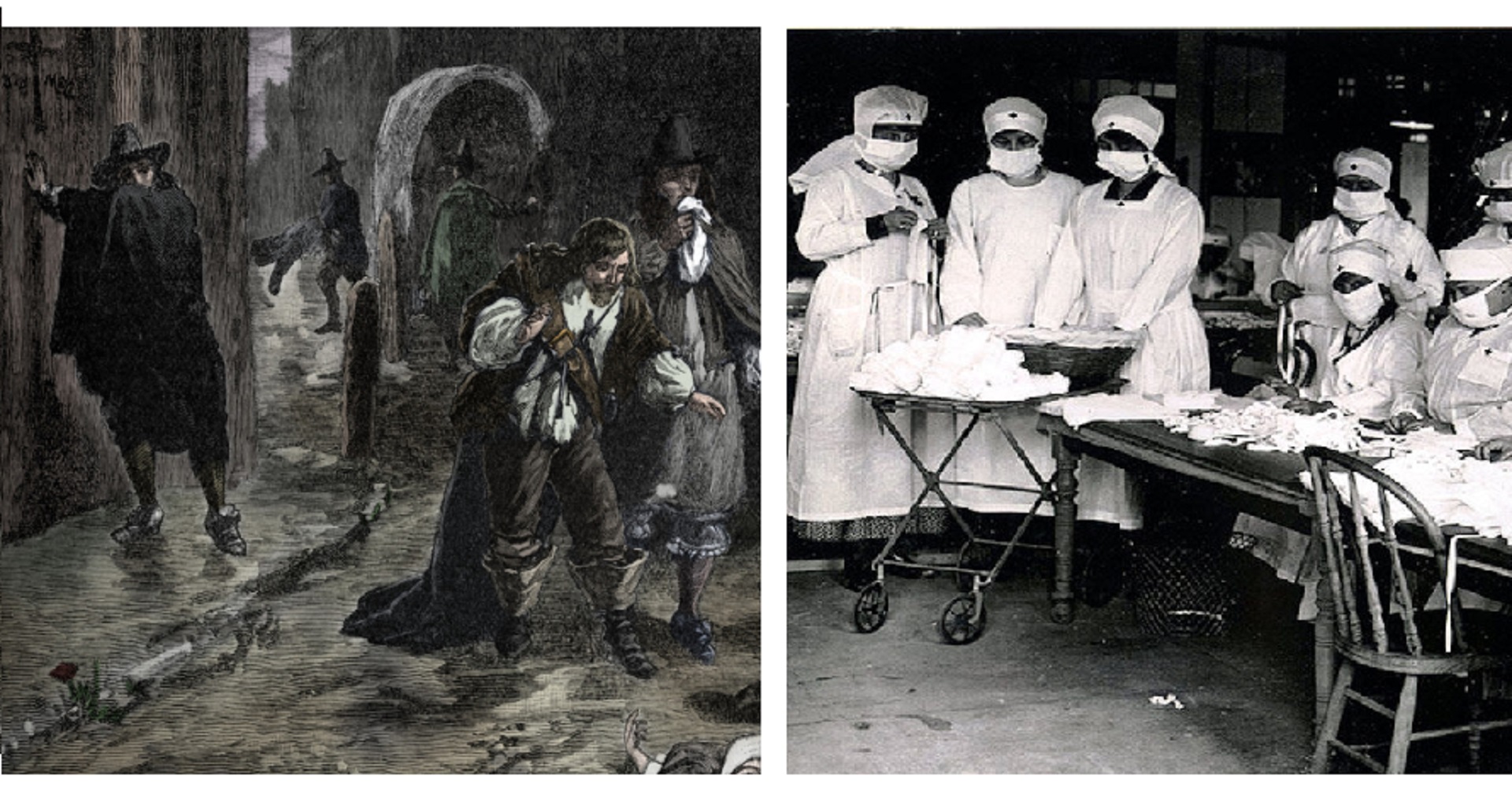Communicable diseases have persevered ever since humankind’s hunter-gatherer days, but a 10,000 years ago humans created close knit societies that made epidemics more possible.
Living close to each other (and to animals) coupled with poor sanitation and nutrition, provided fertile breeding grounds for disease. And new overseas trading routes created the first global pandemics.
Prehistoric Pandemic: 3000 B.C.

This epidemic wiped out a prehistoric village in China. The dead bodies (skeletons of juveniles, young adults and middle-age people) were stuffed inside a house that was later burned down. The archaeological site is one of the best-preserved prehistoric sites in northeastern China.
Plague of Athens: 430 B.C.
- After a war between Athens and Sparta began, an epidemic killed the people of Athens and lasted for five years with a death toll as high as 100,000 people.
- Many scholars say that overcrowding caused by the war exacerbated the epidemic.
The Greek historian Thucydides wrote that “people in good health were all of a sudden attacked by violent heats in the head, and redness and inflammation in the eyes, the inward parts, such as the throat or tongue, becoming bloody and emitting an unnatural and fetid breath”.
Plague of Galen: A.D. 165-180
Called the Antonine Plague, this ancient pandemic destroyed Asia Minor, Egypt, Greece, and Italy and is thought to have been either Smallpox or Measles. This unknown disease was brought back to Rome by soldiers returning from Mesopotamia, after a war against Parthia, around 165AD. Unknowingly, they had spread a disease which would end up killing over 5 million people and destroying the Roman army.
Plague of Cyprian: A.D. 250-271
This pandemic killed 5,000 people a day in Rome alone. In 2014, archaeologists in Luxor, Rome found what appears to be a mass burial site of plague victims. Their bodies were covered with a thick layer of lime (historically used as a disinfectant).
“The bowels, relaxed into a constant flux, discharge the bodily strength [and] a fire originated in the marrow ferments into wounds of the fauces (an area of the mouth),” one Cyprian wrote and documented in Latin in a work called “De mortalitate” (translation by Philip Schaff from the book “Fathers of the Third Century: Hippolytus, Cyprian, Caius, Novatian, Appendix,” Christian Classics Ethereal Library, 1885).
Plague of Justinian: Rats!
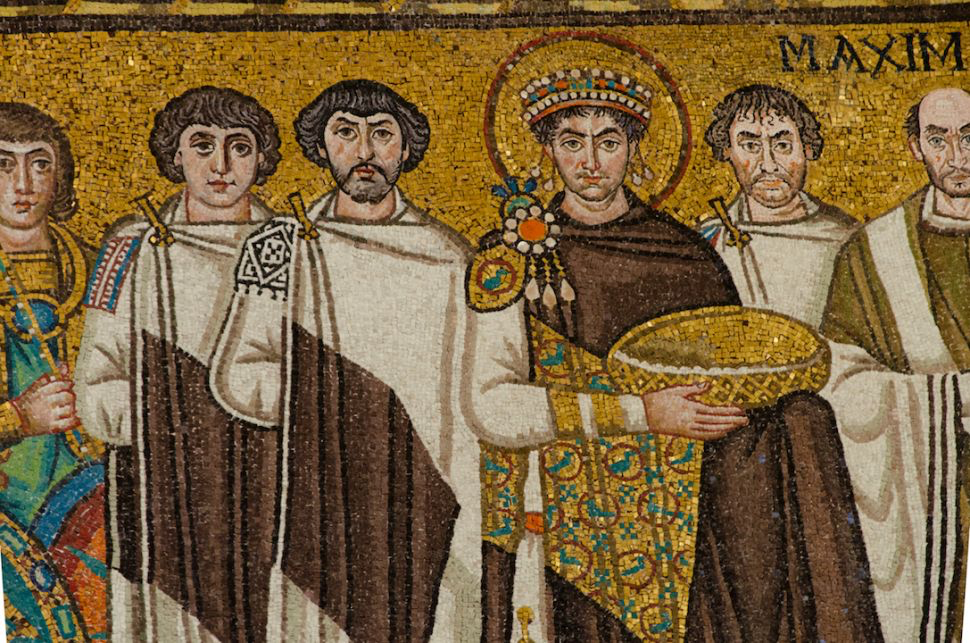
- Three of the deadliest pandemics in recorded history were caused by a single bacterium, Yersinia pestis, a fatal pandemic otherwise known as the plague.
- “People had no real understanding of how to fight it other than trying to avoid sick people,” stated a history professor at DePaul University. “As to how the plague ended, the best guess is that the majority of people in a pandemic somehow survive, and those who survive have immunity.”
- The plague ended up killing an estimated 30 to 50 million people, perhaps half of the world’s population.
The Plague of Justinian began in 541 CE. Thought to have killed perhaps half the population of Europe, this pandemic was carried over the Mediterranean Sea from Egypt, a recently conquered land paying tribute to Emperor Justinian in the form of grain. Plague-ridden fleas attached themselves to the black rats that snacked on the grain. The plague destroyed Constantinople and spread like wildfire across Europe, Asia, North Africa and Arabia .
Generally regarded as the first recorded incident of the Bubonic Plague, the Plague of Justinian left its mark on the world, devastating the city of Constantinople, where at its height it was killing an estimated 5,000 people per day and eventually resulting in the deaths of 40% of the city’s population.
The plague reoccurred periodically afterward. A certain estimate suggests that up to 10% of the world’s population died.
The plague is named after the Byzantine Emperor Justinian. The creator of Hagia Sophia, also got sick with the plague and survived; however, his empire gradually lost territory in the time after the plague struck.
Black Death: The First Quarantine Ever
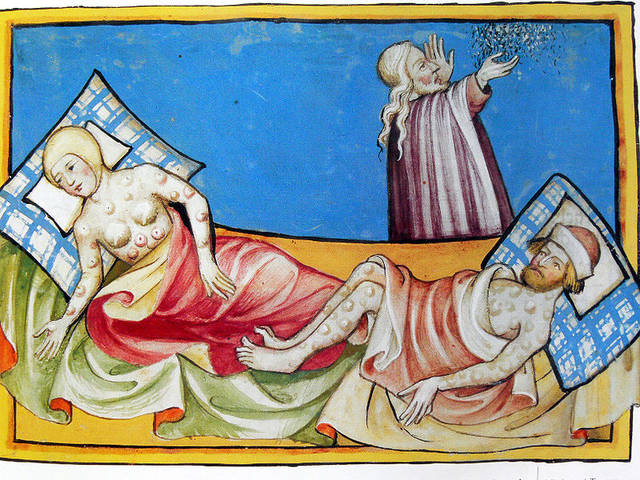
Wikimedia Commons
- Between 1346 to 1353 an outbreak of the Plague ravaged Europe, Africa, and Asia, with an estimated death toll between 75 and 200 million people in 4 years!
- It was caused by a strain of the bacterium Yersinia pestis, the same from the Plague of Justinian.
- Dead bodies became so prevalent that many remained rotting on the ground and created a constant stench in Europe. Many wars ended or halted due to the stench.
Responsible for the death of one-third of the world population, this second large outbreak of the bubonic plague is thought to have originated in Asia. The Plague migrated from continents through fleas living on the rats that lived aboard merchant ships. Ports being major hubs, were the perfect breeding ground for the rats and fleas, and thus the bacterium flourished, devastating three continents in its wake.
Entering through Sicily in 1347 A.D, it spread throughout Europe rapidly. England and France were so affected, they called a truce to their war. The plague also changed the course of Europe’s technology as labourers reduced.
The plague never really went away, and when it returned 800 years later, the first ever quarantine was invented. People still had no scientific understanding of contagion, but they knew that it had something to do with proximity. Police of Venetian-controlled port city of Ragusa decided to keep newly arrived sailors in isolation until they could prove they weren’t sick.
These sailors were literally quarantined on their ships for 30 days, which became known in Venetian law as a trentino. Soon the Venetians increased the forced isolation to 40 days or a quarantino, the origin of the word quarantine and the start of its practice in the Western world.
The Great Plague of London: British Isolation
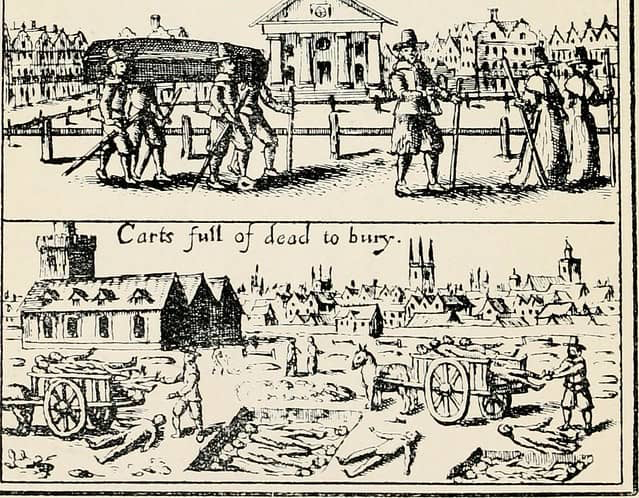
After the Black Death, 20 percent of the men, women and children living in the British capital or London were killed – killing 100,000 Londoners in just seven months.
In 1500, England imposed the first laws to separate the sick from the healthy as houses stricken by plague were marked with a bale of hay strung to a pole outside. If you had infected family members, you were forced to carry a white pole when you went out in public.
The Great Plague of 1665 had all public entertainment banned and victims were forcibly shut into their homes to prevent the spread of the disease. Isolating the sick in their homes may have been the only way to bring the great plague outbreak to an end.
Smallpox: 15th Century Vaccine
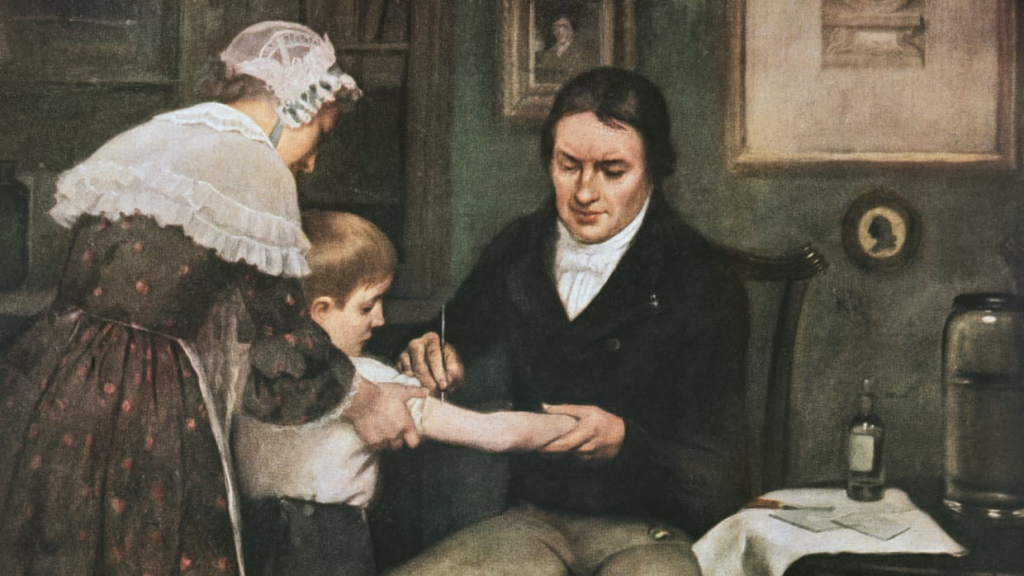
Smallpox was endemic to Europe, Asia and Arabia for centuries, killing three out of ten people, infecting and leaving the rest with pockmarked scars. But the death rate in the Old World paled in comparison to when the smallpox virus arrived in the 15th century with the first European explorers.
Smallpox became the first virus epidemic to be ended by a vaccine. In the late 18th-century, a British doctor named Edward Jenner noticed that milkmaids infected with a milder virus called cowpox seemed immune to Smallpox. This doctor famously inoculated his gardener’s 9-year-old son with cowpox and then exposed him to the smallpox virus with no ill effect. Today, smallpox is completely eradicated from the face of the Earth.
Cholera: Mid 19th Century Burden
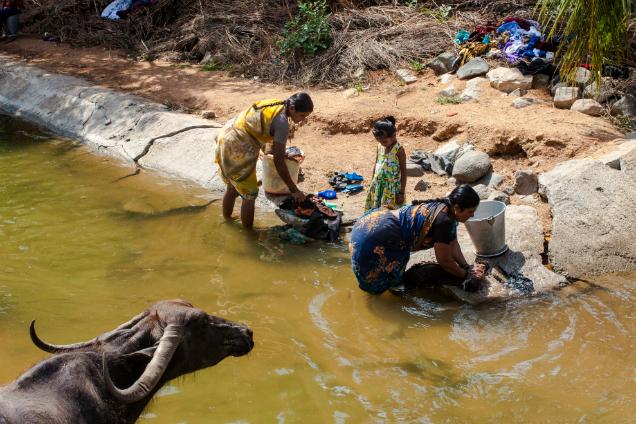
- Cholera tore through England, killing tens of thousands.
- A British doctor named John Snow suspected that the mysterious disease, which killed its victims within days of the first symptoms, lurked in London’s drinking water.
- The third major outbreak of Cholera in the 19th century lasted from 1852 to 1860.
Pouring through hospital records and morgue reports to track the precise locations of deadly outbreaks, Snow created a geographic chart of cholera deaths over a 10-day period and found 500 fatal infections surrounding the Broad Street pump, a popular city well for drinking water.
“As soon as I became acquainted with the situation and extent of this irruption (sic) of cholera, I suspected some contamination of the water of the much-frequented street-pump in Broad Street,” wrote Snow.
He then convinced local officials to remove the pump handle on the Broad Street drinking well, rendering it unusable, and the infections disappeared. This led to a global effort to improve urban sanitation and protect drinking water from contamination.
While cholera has largely been eradicated, it continued to be a persistent killer in third-world countries lacking adequate sewage treatment and access to clean drinking water. For eg, the Third Cholera Pandemic originated in India, spreading from the Ganges River Delta before tearing through Asia, Europe, North America and Africa and ending the lives of over a million people.
The Sixth Cholera Pandemic was the source of the last American outbreak of Cholera (1910–1911). Although Cholera continues today, it is not a pandemic.
Spanish Flu: 1918-1920
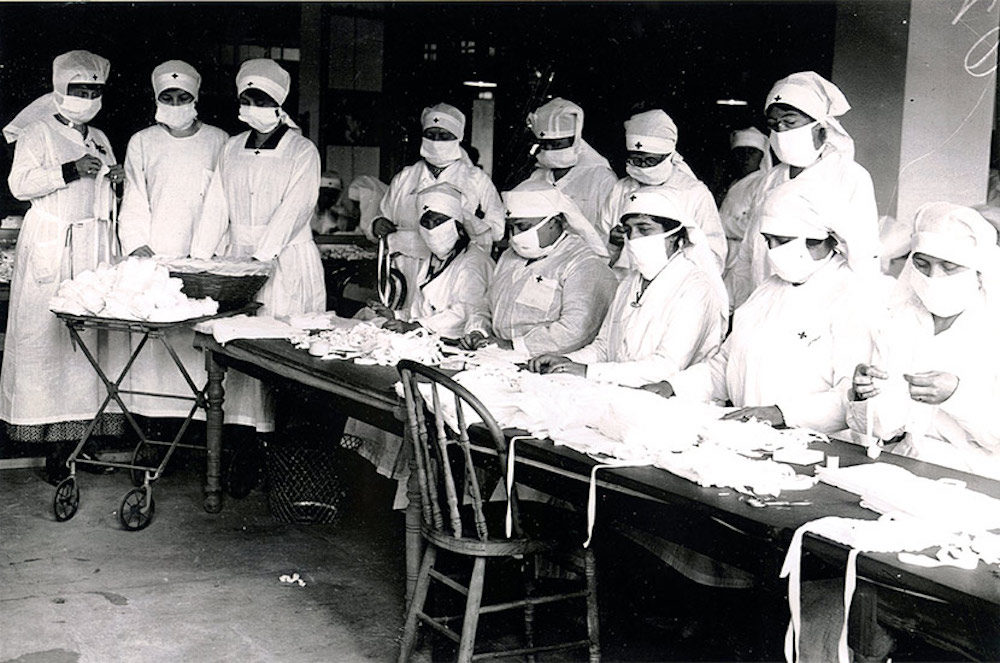
A pandemic outbreak in Madrid in the spring of 1918 led to the pandemic being called the “Spanish flu.” By October, hundreds of thousands of Americans died, however, the flu threat disappeared in the summer of 1919 when most of the infected had either developed immunities or died.
An estimated 500 million were affected by Spanish Flu. One-fifth of this group died, with some indigenous communities pushed to the brink of extinction. The flu’s contagious lethality was enhanced by the cramped conditions of soldiers and poor wartime nutrition that many people were experiencing during World War I.
Asian Flu: Death in the 1950s
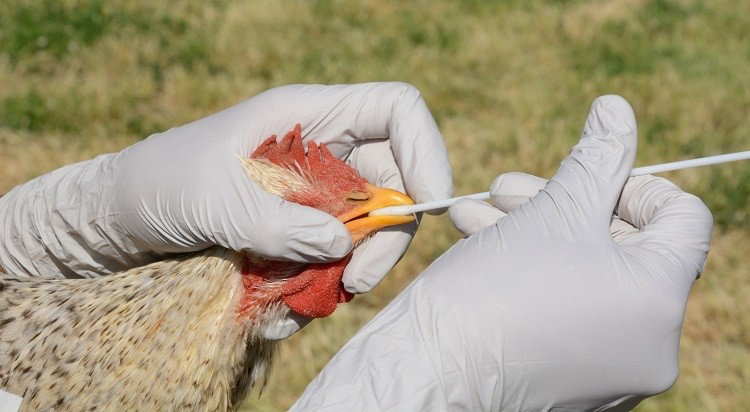
The Asian Flu or Avian pandemic had its roots in China. This pandemic took more than 1 million lives and the virus that caused the pandemic was a blend of avian flu viruses. This pandemic spread rapidly and was reported in Singapore in February 1957, Hong Kong in April 1957, and the United States. The total death toll exceeded 1.1 million worldwide, with 116,000 deaths occurring in the United States.
Hong Kong Pandemic: 1968

A category 2 Flu pandemic was caused by the H3N2 strain of the Influenza A virus, a genetic offshoot of the H2N2 subtype.
The first reported case on July 13, 1968 in Hong Kong, stated that it took only 17 days before outbreaks of the virus were reported in Singapore and Vietnam, and within three months had spread to The Philippines, India, Australia, Europe, and the United States.
While the 1968 pandemic had a comparatively low mortality rate (.5%) it still resulted in the deaths of more than a million people, including 500,000 residents (15% of the population) of Hong Kong.
2003: SARS (Severe Acute Respiratory Syndrome)

First spotted in 2003 after several months of cases, Severe Acute Respiratory Syndrome is believed to have possibly started with bats, similar to the COVID 19 pandemic. SARS also
spread to cats and to 26 other countries, infecting 8,096 people, with 774 deaths.
SARS is characterized by respiratory problems, dry cough, fever and head and body aches similar to COVID 19 and is spread through respiratory droplets from coughs and sneezes, as they are both caused by a coronavirus.
Quarantine efforts proved effective and by July, the virus disappeared. China was criticized for trying to suppress information about the virus at the beginning of the outbreak of SARS.
H1N1 Swine Flu Pandemic: 2009 to 2010

The 2009 swine flu pandemic was caused by a new strain of H1N1 that originated in Mexico infecting as many as 1.4 billion people across the globe since 2009. It killed between 151,700 and 575,400 people, according to the CDC.
A vaccine for swine flu is now included in the annual flu vaccine, as it primarily affects children and young adults, and 80% of the deaths were in people younger than 65, the CDC reported.
Ebola Epidemic: 2014 to 2016
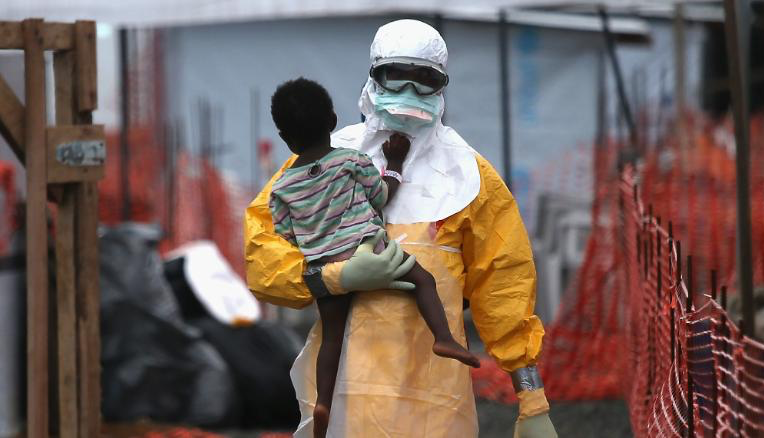
Ebola destroyed West Africa between 2014 and 2016, with 28,600 reported cases and 11,325 deaths. The first case to be reported was in Guinea in December 2013, then the disease quickly spread to Liberia and Sierra Leone (the majority of the cases and deaths occurred here). There is no cure for Ebola and vaccines are still in development.
Napomena o autorskim pravima: Dozvoljeno preuzimanje sadržaja isključivo uz navođenje linka prema stranici našeg portala sa koje je sadržaj preuzet. Stavovi izraženi u ovom tekstu autorovi su i ne odražavaju nužno uredničku politiku The Balkantimes Press.
Copyright Notice: It is allowed to download the content only by providing a link to the page of our portal from which the content was downloaded. The views expressed in this text are those of the authors and do not necessarily reflect the editorial policies of The Balkantimes Press.

